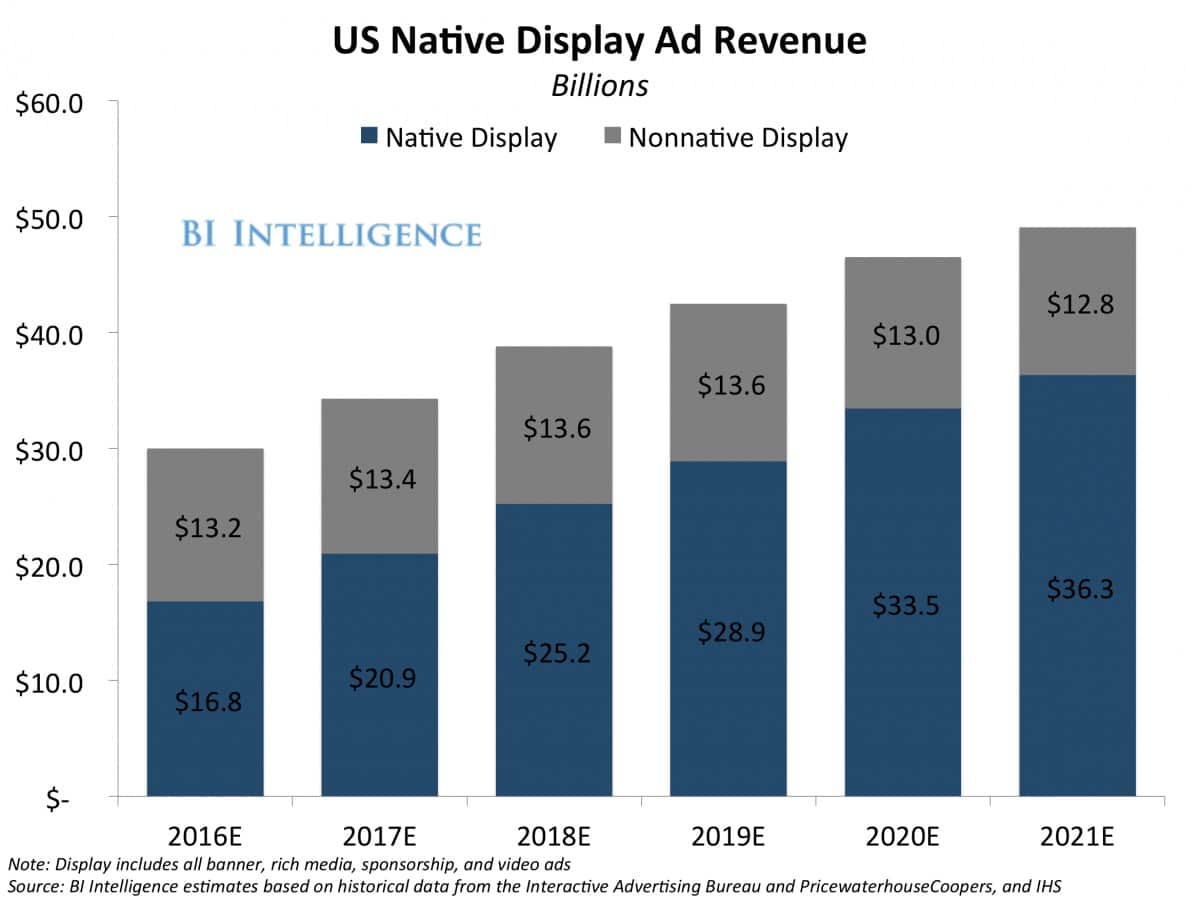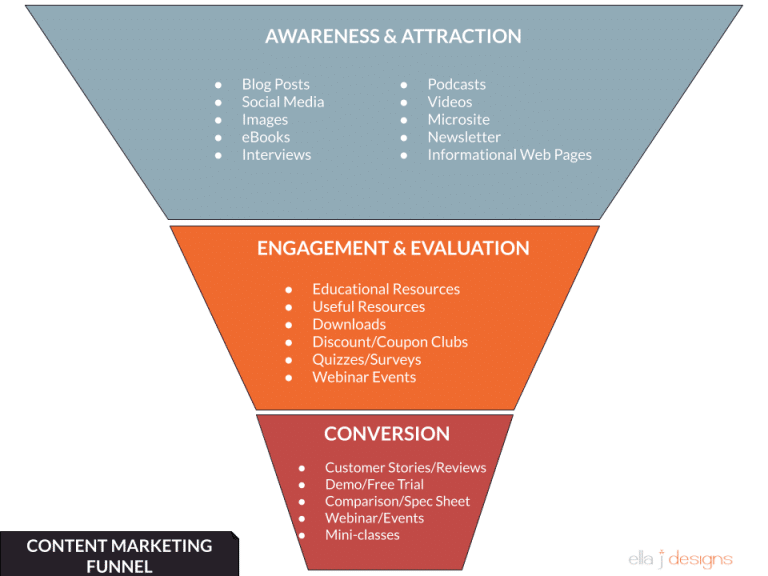It’s easy to confuse native advertising and content marketing. All these terms are thrown around a lot and sometimes — confusingly — used interchangeably.
Yet, it’s important for brands to understand the difference between native advertising and content marketing. Both are powerful tactics for driving audience engagement and revenue.
In this article, we explain each method and compare native advertising and content marketing, so you can best understand how to harness each strategy for your needs.
Native Advertising
What is native advertising? Native advertising is the process of creating and distributing ads that blend in with their surrounding content. As a result, they fit seamlessly into the user experience and drive engagement. Just look at these statistics about the effectiveness of native advertising:
- Native ads generate an 8.8x higher click-through-rate (CTR) than regular display ads, according to MediaRadar.
- Native ads register a 9% higher lift for brand affinity and an 18% higher lift for purchase intent when compared to display ads, according to IPG Media Lab.
- Native ads are expected to drive 74% of all ad revenue in 2021, according to Business Insider.

Examples of native advertising can be found on websites, search pages, and social platforms. A native social ad, for instance, takes the form of other organic social posts in a user’s social feed:

And, a native website ad at the end of an article matches the rest of the content on the page:

It’s important for native advertisers to choose the right platform for launching their campaigns. Content discovery platforms, such as Taboola, reach 1.4 billion unique users each month with personalized content recommendations across premium publisher websites.
Content Marketing
What is content marketing? Content marketing is the process of creating and distributing messaging that provides value to audiences, such as by informing or entertaining them. Content marketing goes beyond promoting products. It builds an engaged community of readers and viewers.
Content marketing takes many forms, including articles, videos, podcasts, graphics, and email newsletters. Red Bull, for instance, has built a whole content marketing digital magazine, The Red Bulletin, around extreme sports news and culture.

Content marketers can also create unique strategies for each stage of the sales funnel, reaching audiences with content that builds awareness, generates engagement, and drives conversions — ultimately creating brand loyalty.

The Difference Between Content Marketing and Native Advertising
Use this chart to understand the nuances of native advertising vs. content marketing:
| Native Advertising | Content Marketing | |
| Definition | Paid ads that match their surrounding content and context | Organic or paid content that provides value to your audience beyond just promoting products |
| Benefits |
|
|
| Formats |
|
|
Final Thoughts
Native advertising and content marketing each offer important benefits for brands. While they’re often compared, the two strategies are quite similar. They can be valuable assets to any business looking to increase awareness and conversions.
Just be sure to use proven native advertising best practices and content marketing tips to drive success with your campaigns.
For further reading in this area, check out these resources: